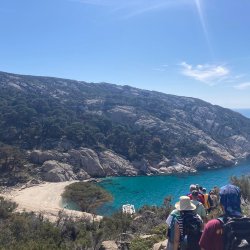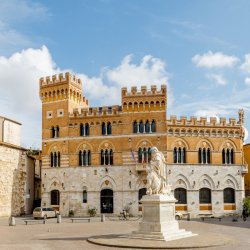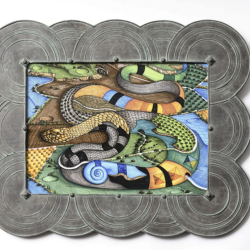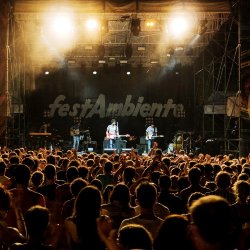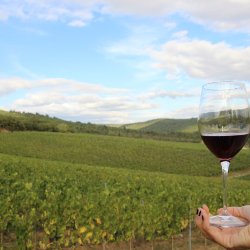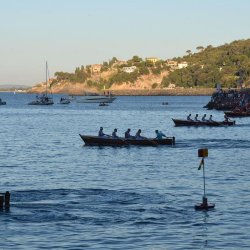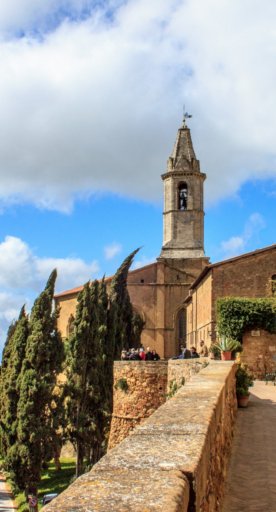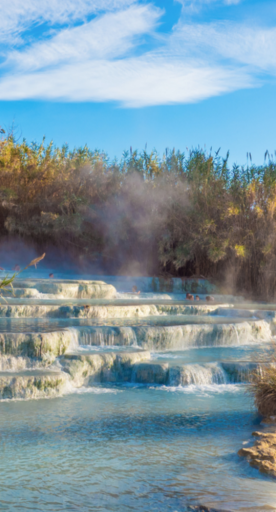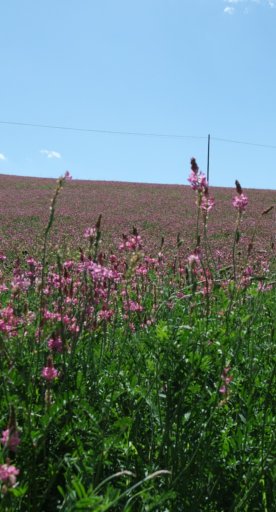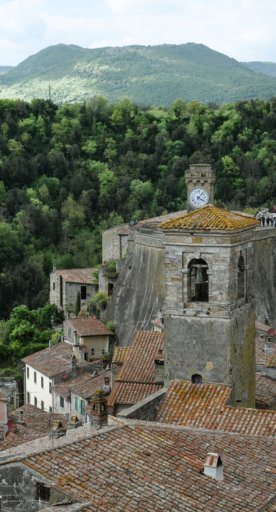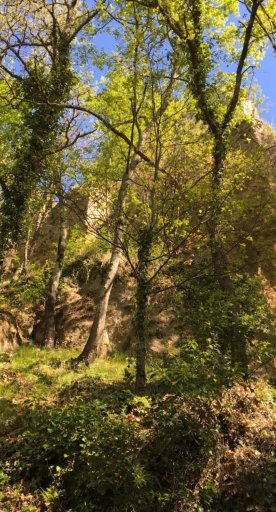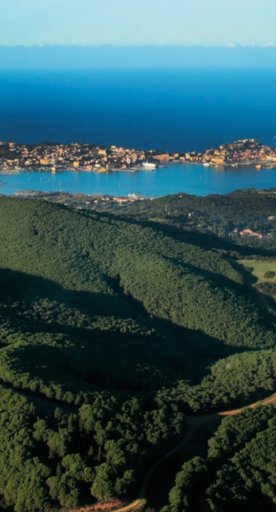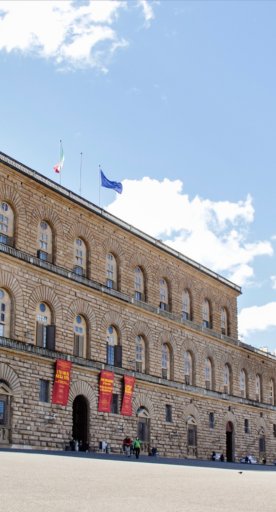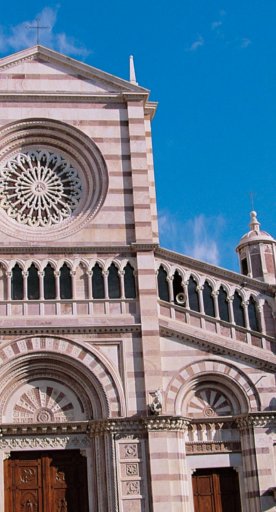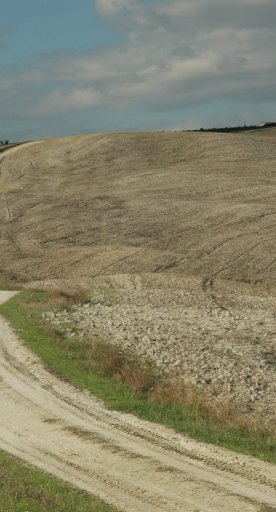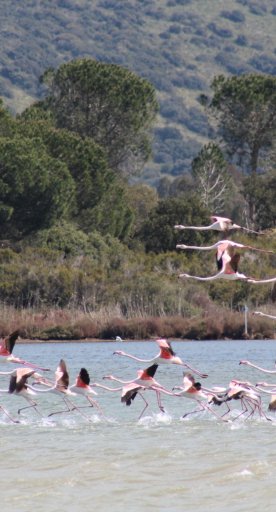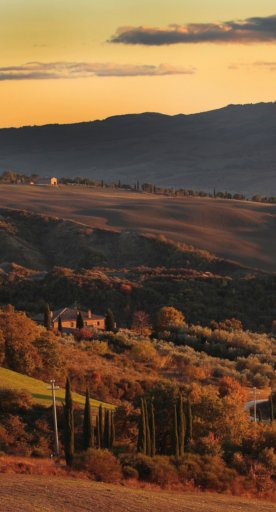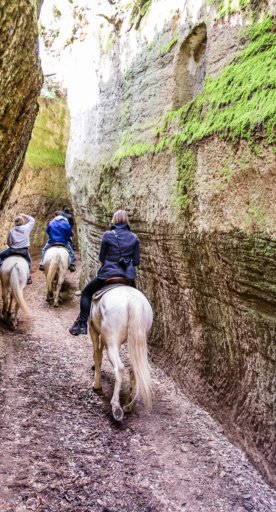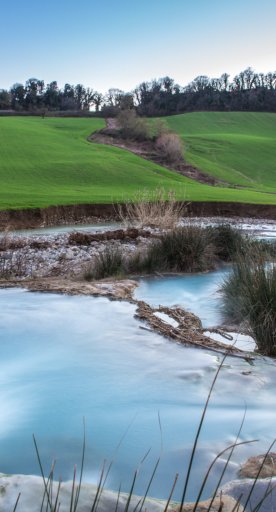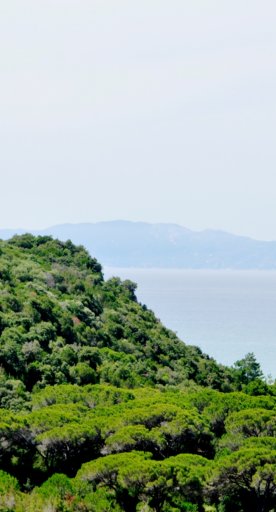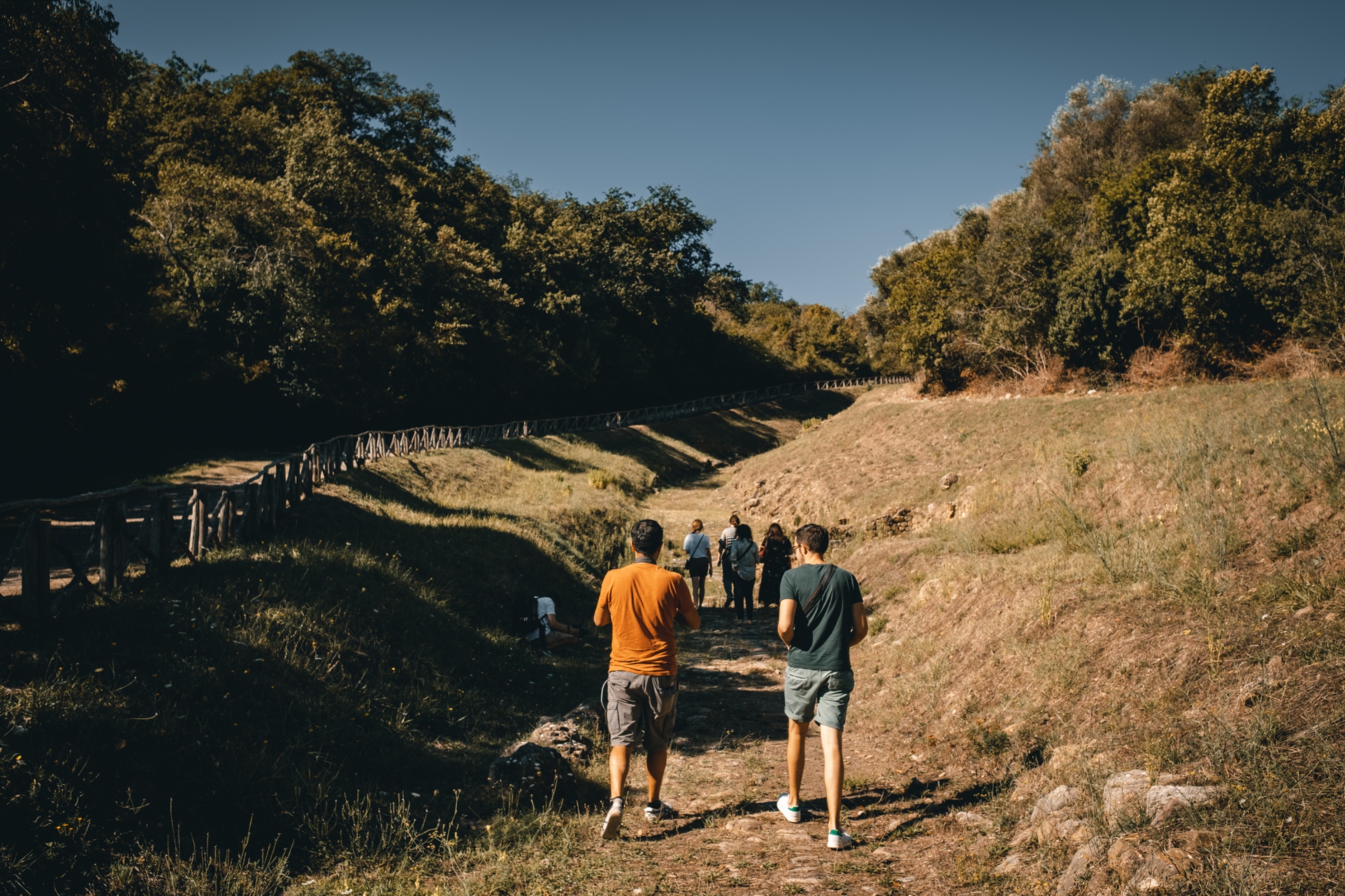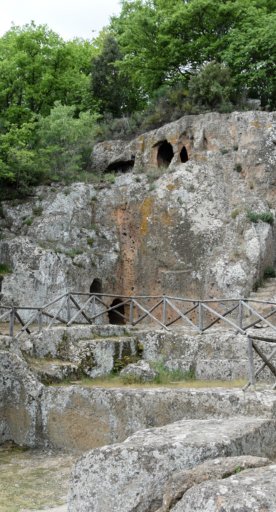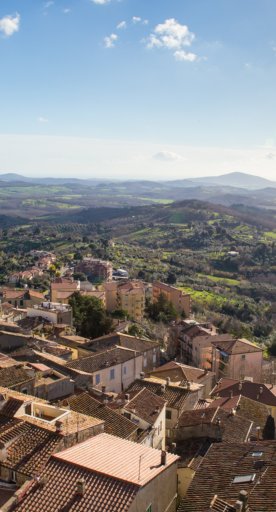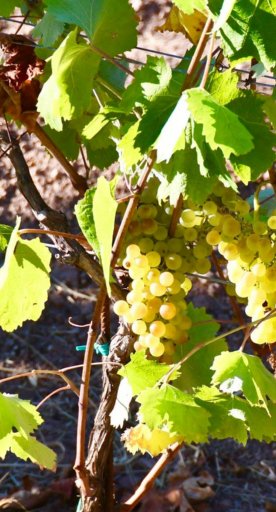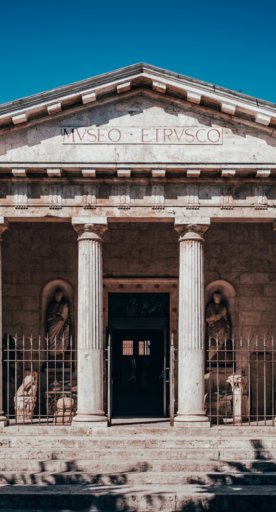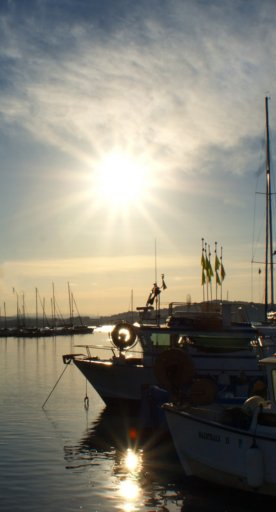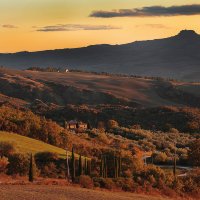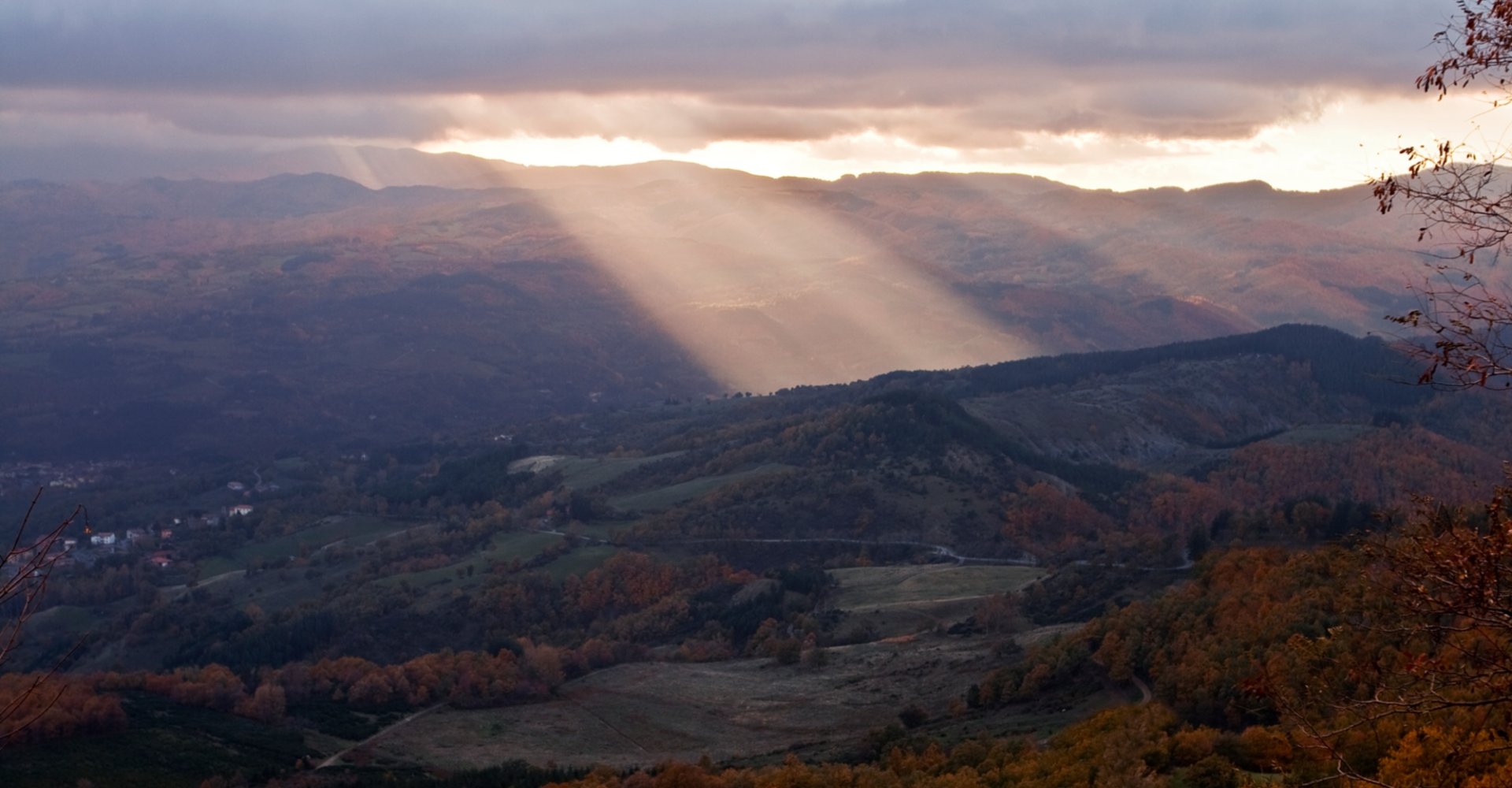

Natural areas on the UNESCO World Heritage list
Parks and nature reserves to discover the unspoiled nature of Tuscany
Natural areas that are part of the UNESCO World Heritage constitute a network of excellence that spans the globe.
In Tuscany there are 3 Biosphere Reserves, 2 geoparks and one park, that of the Casentino Forests, which are part of the UNESCO World Heritage.
These precious places are a real wealth for the territory, in fact they are natural oases where flora and fauna coexist in absolute balance with human presence in the name of sustainability, respect and conservation of biodiversity.
Let's see what they are and where they are.
-
1.Geoparks
-
2.Biosphere Reserves
-
3.Casentino Forests, Mount Falterona and Campigna National Park
Geoparks
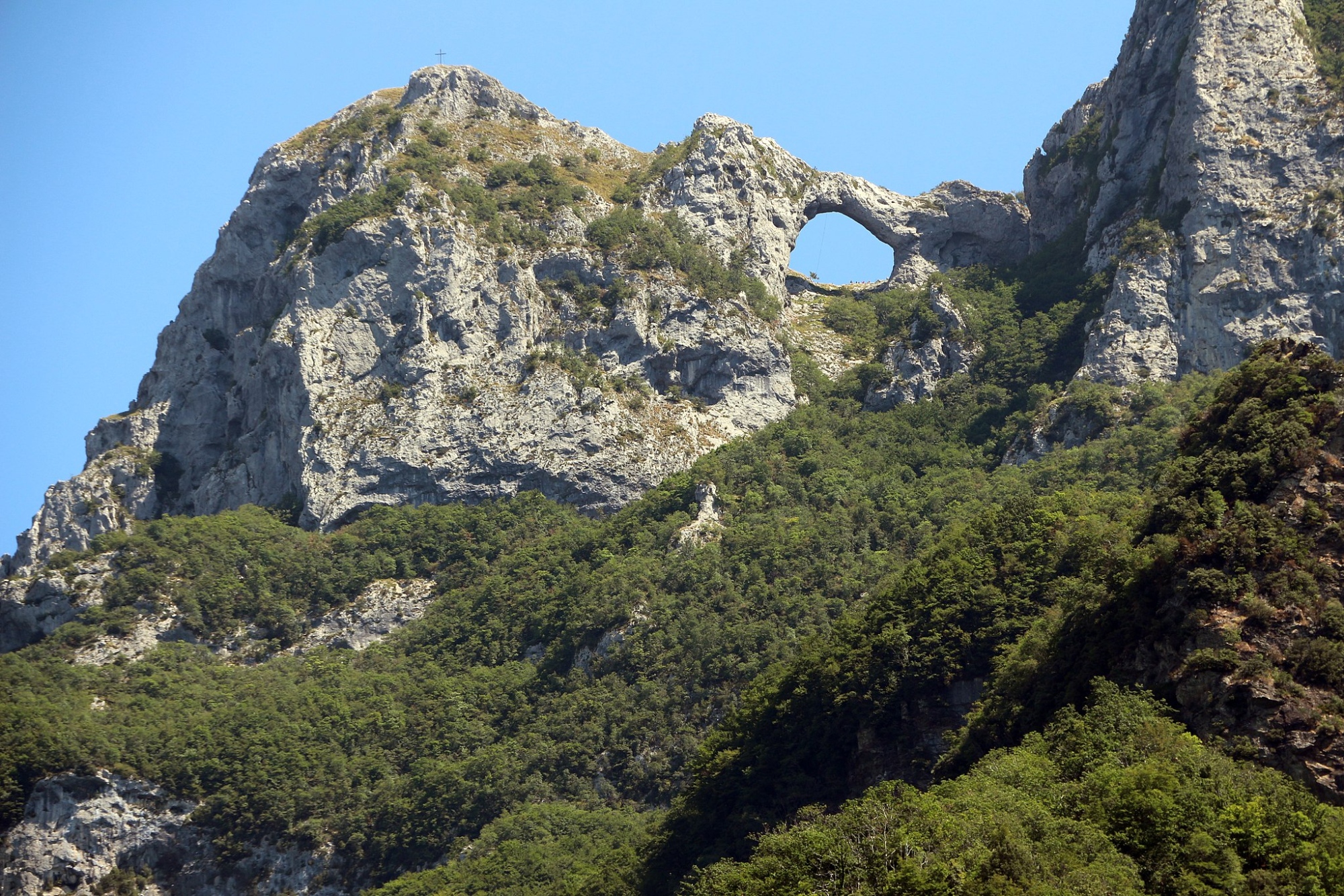
Geoparks are territories that possess significant geological heritage and a sustainable development strategy that also includes the involvement of local people.
One of the main characteristics of geoparks is the presence of geological sites of considerable scientific, rarity, aesthetic importance or educational value.
The Tuscan Mining Park - or Park of the Metalliferous Hills - embraces an area of more than 108 thousand hectares in a vast territory between Grosseto and Livorno.
A visit to the geopark offers the chance to see hot springs, gas and steam jets, rocks caused by ancient underwater landslides - evidence of an ancient ocean - and Cretaceous fossils dating back 150 million years.
The park includes 34 different mining sites, 41 geosites, 19 thousand hectares of protected areas dedicated to biodiversity and more than 130 sites of historical, archaeological and scenic interest.
In order to visit the park more easily throughout the territory, gates are in place to welcome visitors and guide them to discover the place.
The Apuan Alps Park includes the entire territory of the regional park of the same name and stretches between Versilia, Garfagnana and Lunigiana.
The park’s peculiarities are its majestic peaks from which there are incredible views of the sea, rugged morphology, deep valleys, spectacular caves and verdant lakes: the Apuan Alps here touch two thousand meters in height and the most characteristic rocks are marbles. There are about 200 types of minerals, 18 of which were discovered in the area.
The Geopark territory includes 20 municipal territories and includes the cave system of Antro del Corchia and the Geo Archeo Adventure Park in the Equi Terme caves, two tourist geosites with mercury mines, underground quarries, museums, speleological routes, paleontological sites and hot springs.
Four visitor centers are active for easier access to the park.
Biosphere Reserves
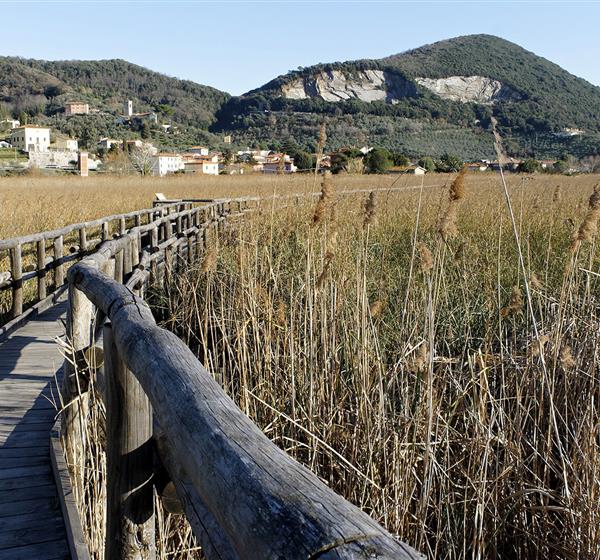
Biosphere Reserves, on the other hand, consist of the terrestrial, coastal and marine ecosystems that significantly represent the territories to which they belong and conserve their biodiversity, promoting their sustainable enjoyment.
The Tuscan Islands Biosphere Reserve was recognized in 2003 and consists of seven islands - Gorgona, Capraia, Elba, Pianosa, Montecristo, Giglio and Giannutri - which hold precious treasures of biodiversity, an extraordinary geological and geo-mineral heritage, as well as evidence of great historical, archaeological and cultural value.
The areas of the Biosphere Reserve fall within land and marine areas under full protection of the Tuscan Archipelago National Park, the largest marine park in Europe and an integral part of the International Marine Mammal Sanctuary “Pelagos”.
Recognized in 2004, the Selve Costiere di Toscana Reserve is located along the coast between Pisa, Viareggio and Livorno.
The Reserve is rich in biodiversity and includes dunes, pine forests and agricultural areas.
The governing body for the Reserve is the Migliarino, San Rossore and Massaciuccoli Park, a true natural paradise to explore and discover.
The area of the Tuscan-Emilian Apennine Reserve is located on the Apennine mountain range - in the northern part - and is characterized by a unique feature: being a focal point of the Euro-Mediterranean climatic frontier.
Due to this reason, and for the fact that it possesses a very significant geological heritage, it has always been characterized by a multitude of habitats.
The Tuscan-Emilian Apennines Natural Park is part of this territory characterized by a gentle mountain, ideal for relaxing and enjoying its cultural, natural and gastronomic riches.
Casentino Forests, Mount Falterona and Campigna National Park
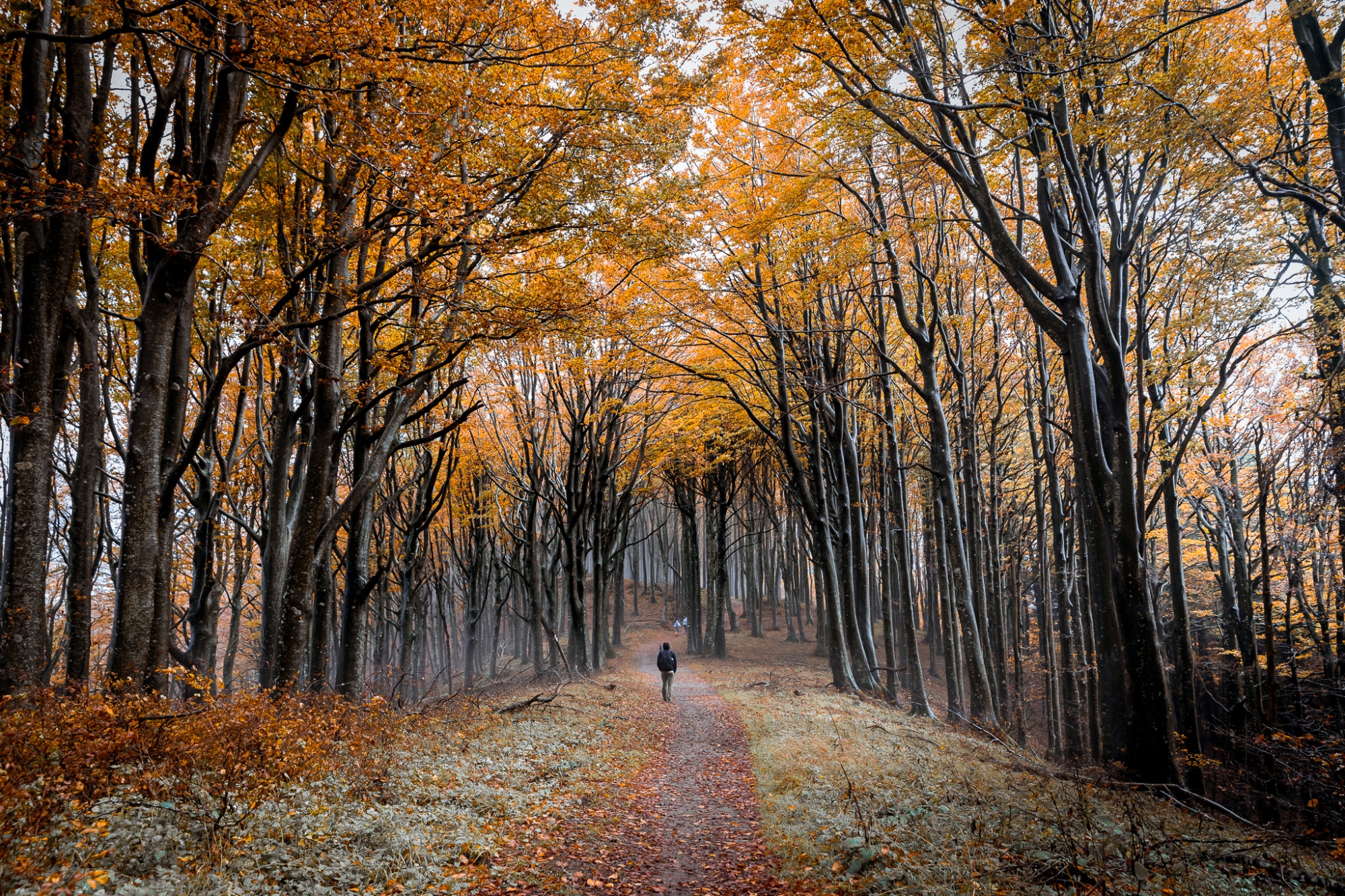
The Casentino Forests, Mount Falterona and Campigna National Park is one of the most pristine forest areas in Europe, a true natural oasis that straddles Tuscany and Emilia Romagna. Here live roe deer, deer, fallow deer, wild boar and even the wolf, which after a long absence has returned to populate this corner of the Apennines.
The splendid forests hide hermitages and monasteries, such as La Verna and Camaldoli, chosen in ancient times as ideal places to cultivate spirituality and meditation.
In 2017, the ancient beech forests of the Casentino Forests National Park became a UNESCO World Heritage Site.
